By Christopher Curley, CSM, CSPO
“Kinetic” describes something moving. Kinetic is motion. Kinetic energy is the energy of a body in motion. It’s the work needed to move a body at rest to a certain velocity.
Kinetic (or “kinesthetic”) is also a method of teaching. Kinetic learning teaches students using physical activities. As learners, we are more familiar with auditory learning and visual learning, but many of us are kinesthetic learners and all of us benefit from kinetic teaching.
Moving To Learn
Kinetic students learn through motion. Scrum4HW (Scrum for Hardware), offered by Big Orange Square, LLC is kinetic in both senses, making the Certified Scrum Master® and Certified Product Owner® programs they offer stand out. Scrum4HW challenges students to apply Scrum in a practical class activity. Students build a car based on the WIKISPEED design.
Increasingly, hardware teams need practical expertise in Scrum. As enterprises compete to bring innovations to market faster and with higher quality, Agile teams will get to market sooner and with higher quality. Agile teams identify which capabilities in the prototypes under development will drive early adoption of a product, spark rapid sales in the revenue stream, and brand the enterprise as leaders in the market space. To go faster with higher quality, hardware engineers need to prototype early and incrementally. Product development needs to get data quickly. Will the architecture support the interfaces between components? Will components meet the real-world needs of the customer? Are we focused on the right priorities at the right times? The fundamental question of Scrum — When do you want to know you are wrong? – is as critical to hardware development as software development. Teams that prototype and design hardware using Scrum powerfully put the Agile organization at a competitive advantage. They are better able to address the power of buyers, adjust to the power of suppliers. They are able drive innovation into the market space. They are able get to market first, ahead of competitors vying for dominance in a limited profit pool.
BOS will not put you to sleep
Big Orange Square training will not do this to you. Despite the criticality of Scrum for hardware teams, there is skepticism that Scrum works for hardware. Some believe that Scrum can only be applied to software development. At Big Orange Square, they dispel this myth. They teach us, “If you can kick it, you can Scrum it.” The thing you kick in Scrum4HW is the WIKISPEED car. The car build – the kinetic exercise that applies Scrum to hardware development – is an essential element necessary to demonstrate how effectively Scrum can be applied to the rapid development of quality hardware. As an Agile practitioner in a strategic program office, I’ve sat through numerous CSM and CSPO training classes, as the enterprise incrementally transitioned teams from waterfall delivery to continuous innovation through Agile. That means I’ve sat in numerous Scrum simulations. These simulations, in my opinion, were mostly useless. Groggy participants half-heartedly go through the motions. They put in just enough energy to check off a box that indicates the exercise happened. In the end, I found a lot of poster paper with yellow sticky notes taped to the wall, but very little learning occurring.
The car build stands in stark contrast.
The Big Orange Square Car Build Class
This is no tabletop exercise involving Legos™ or a fictitious software company releasing an imaginary product. There’s no sleeping through the car build. You’re on your feet, using your hands, engaging your mind. Stories on the progress board represent actual work being done. Completed work is evident on the frame. The data is real and in real-time. The product owner accepts a real world product. Success is experienced, not discussed. Students must self-organize around the roles, events, artifacts and the binding rules of Scrum if they are going to achieve a common goal: build a car that a student can sit in, that will roll, that the students can steer. Students must put lessons into motion each afternoon. They plan, stand up, and reflect on time-boxed iterations. They deliver product increments to real demonstrations. Data collected is applied to the next steps in the build. They must organize a Scrum of Scrums to share details about component interfaces and architectural decisions. They have to cooperate, communicate, and focus on what really matters in the product. Individuals and interactions, working products, close collaboration, responsiveness to change: these aren’t abstraction notions. These are critical behaviors the students must embrace to reach the goal. And, they do.
During the car build, I observed:
- Scrum teams quickly learn how to self organize around the priority stories in the backlog.
- Teams cycle from forming to performing in three or four sprints, about an hour or so of practical working time.
- Teams apply lessons from retrospectives to improving their velocity, quality, and definition of done.
- Teams realize the criticality of quickly getting data from a working product – data they could not get from time spent on a design document.
- Teams learn quickly the cost of improperly documenting the definition of done – having to relearn the parts list and assembly sequences after a tear down
- Teams voluntarily swarming on an issue over their lunch to resolve a blocker that threatened the build goal by release.
- The whole of the class align on the power of sharing information early and communicating continuously.
A Better Way to Learn Scrum
After participating in so many CSM® and CSPO™ training classes, I was astonished to see the class embrace Scrum so readily and apply it so powerfully to a common purpose. The physical build tied it all together: the application of classroom learning, case studies, and collaborative conversation are reinforced each afternoon as teams interactively cycle through the daily Scrums. This kinetic learning exercise put the class in motion. Once in motion, witnessing the car coming together accelerated the velocity of the class. The class exited the program not only with an understanding of Scrum sufficient for certification in the ScrumAlliance™, but also with a working understanding of how to apply that knowledge in the workplace.
“Kinetic” is the reason I recommend Scrum4HW. I recommend Scrum4HW not only for manufacturing R&D and hardware development teams, but all teams. Software teams will benefit from the practical car build as much as hardware teams. The training offered through Big Orange Square will get any team moving. And, once in motion, the training through Big Oranges Square will accelerate the team to mastery faster than any other program I am aware of.
If you think about it, “If you can kick, you can Scrum it,” is a great “kinetic” way to sum up a great “kinetic” program.

Christopher Curley, CSM, CSPO
Christopher Curley is a project and operations professional with more than twenty years of experience in R&D, Information Technology, and Business Process Management.
An Agile practitioner since 2004, Christopher has coached small teams, coordinated Scrum of Scrums, and implemented Agile at scale across global enterprises. He has enabled project delivery and DevOps improvements business ranging from small concerns to Fortune 100 organizations.
Christopher’s professional research focuses on Agile and epistemology, developing and applying meta-languages to improve how teams think to purpose before taking purposeful action. His goal is to continuously advance the understanding of cognition in the practical empiricism of Agile practices.
Christopher is a graduate of the Schreyer Honors College at Penn State, with BAs in Political Science and History. He holds PMP, CSM, CSPO, and SAFe SA certifications. He is an active member of the Research Triangle Park Agile Leadership Network (ALN). He lives in Durham, North Carolina with his wife, Kelly, and an ever-changing number of dogs they rescue.
 By Christopher Curley, CSM, CSPO
“Kinetic” describes something moving. Kinetic is motion. Kinetic energy is the energy of a body in motion. It’s the work needed to move a body at rest to a certain velocity.
Kinetic (or “kinesthetic”) is also a method of teaching. Kinetic learning teaches students using physical activities. As learners, we are more familiar with auditory learning and visual learning, but many of us are kinesthetic learners and all of us benefit from kinetic teaching.
By Christopher Curley, CSM, CSPO
“Kinetic” describes something moving. Kinetic is motion. Kinetic energy is the energy of a body in motion. It’s the work needed to move a body at rest to a certain velocity.
Kinetic (or “kinesthetic”) is also a method of teaching. Kinetic learning teaches students using physical activities. As learners, we are more familiar with auditory learning and visual learning, but many of us are kinesthetic learners and all of us benefit from kinetic teaching.
 Christopher Curley, CSM, CSPO
Christopher Curley is a project and operations professional with more than twenty years of experience in R&D, Information Technology, and Business Process Management.
An Agile practitioner since 2004, Christopher has coached small teams, coordinated Scrum of Scrums, and implemented Agile at scale across global enterprises. He has enabled project delivery and DevOps improvements business ranging from small concerns to Fortune 100 organizations.
Christopher’s professional research focuses on Agile and epistemology, developing and applying meta-languages to improve how teams think to purpose before taking purposeful action. His goal is to continuously advance the understanding of cognition in the practical empiricism of Agile practices.
Christopher is a graduate of the Schreyer Honors College at Penn State, with BAs in Political Science and History. He holds PMP, CSM, CSPO, and SAFe SA certifications. He is an active member of the Research Triangle Park Agile Leadership Network (ALN). He lives in Durham, North Carolina with his wife, Kelly, and an ever-changing number of dogs they rescue.
Christopher Curley, CSM, CSPO
Christopher Curley is a project and operations professional with more than twenty years of experience in R&D, Information Technology, and Business Process Management.
An Agile practitioner since 2004, Christopher has coached small teams, coordinated Scrum of Scrums, and implemented Agile at scale across global enterprises. He has enabled project delivery and DevOps improvements business ranging from small concerns to Fortune 100 organizations.
Christopher’s professional research focuses on Agile and epistemology, developing and applying meta-languages to improve how teams think to purpose before taking purposeful action. His goal is to continuously advance the understanding of cognition in the practical empiricism of Agile practices.
Christopher is a graduate of the Schreyer Honors College at Penn State, with BAs in Political Science and History. He holds PMP, CSM, CSPO, and SAFe SA certifications. He is an active member of the Research Triangle Park Agile Leadership Network (ALN). He lives in Durham, North Carolina with his wife, Kelly, and an ever-changing number of dogs they rescue. 

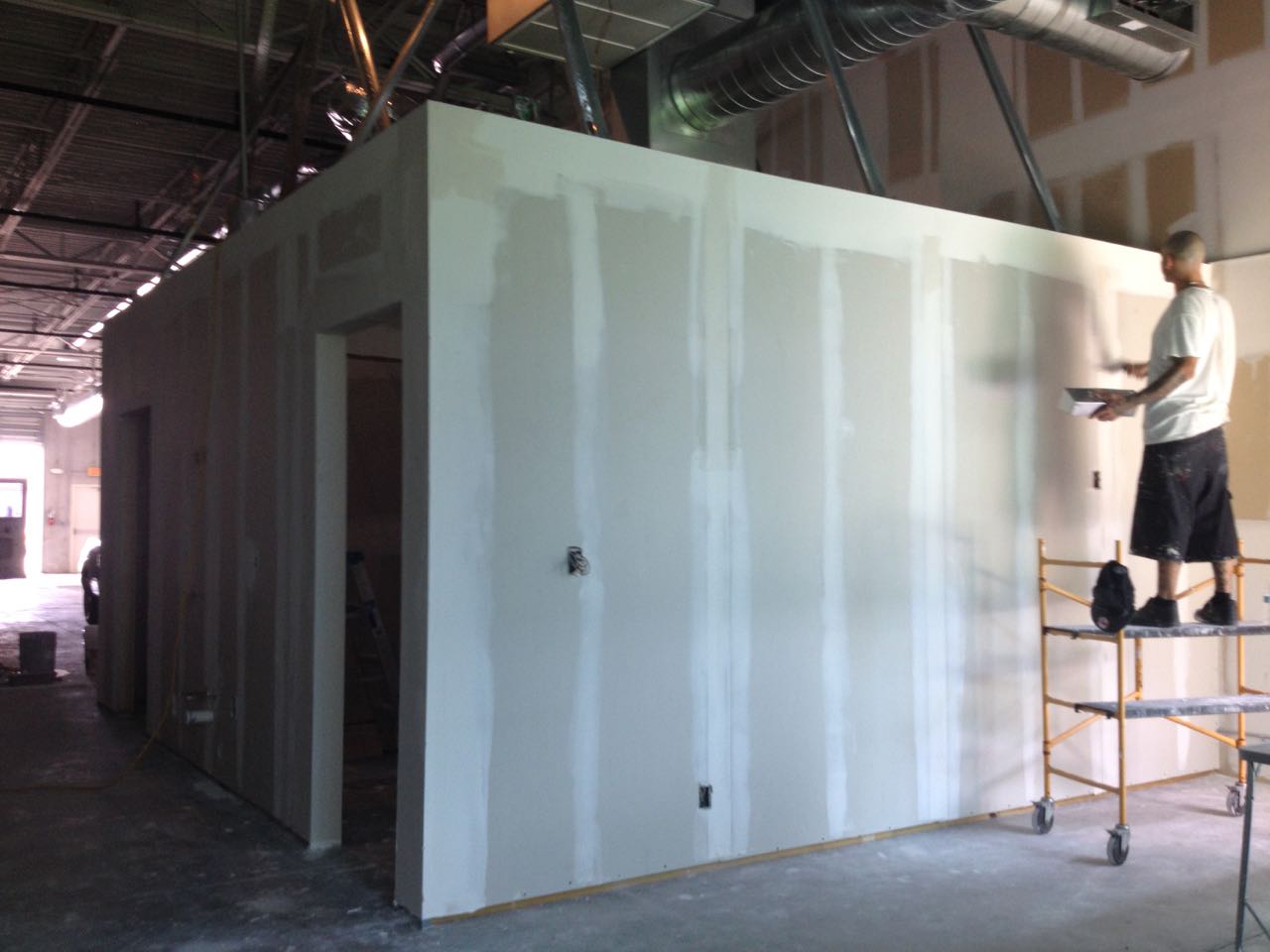 After an extensive and expensive plan submission/rejection/resubmission processes, we built the walls and roughed electrical and plumbing for the bathrooms. Here were the steps required for us to put up drywall:
After an extensive and expensive plan submission/rejection/resubmission processes, we built the walls and roughed electrical and plumbing for the bathrooms. Here were the steps required for us to put up drywall:
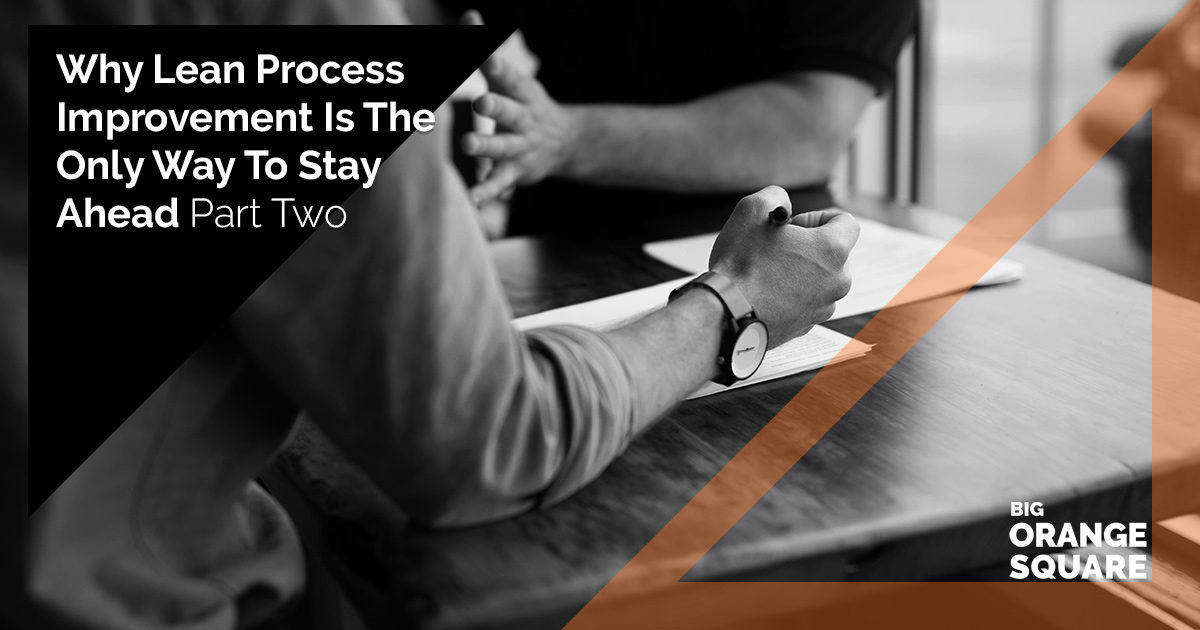
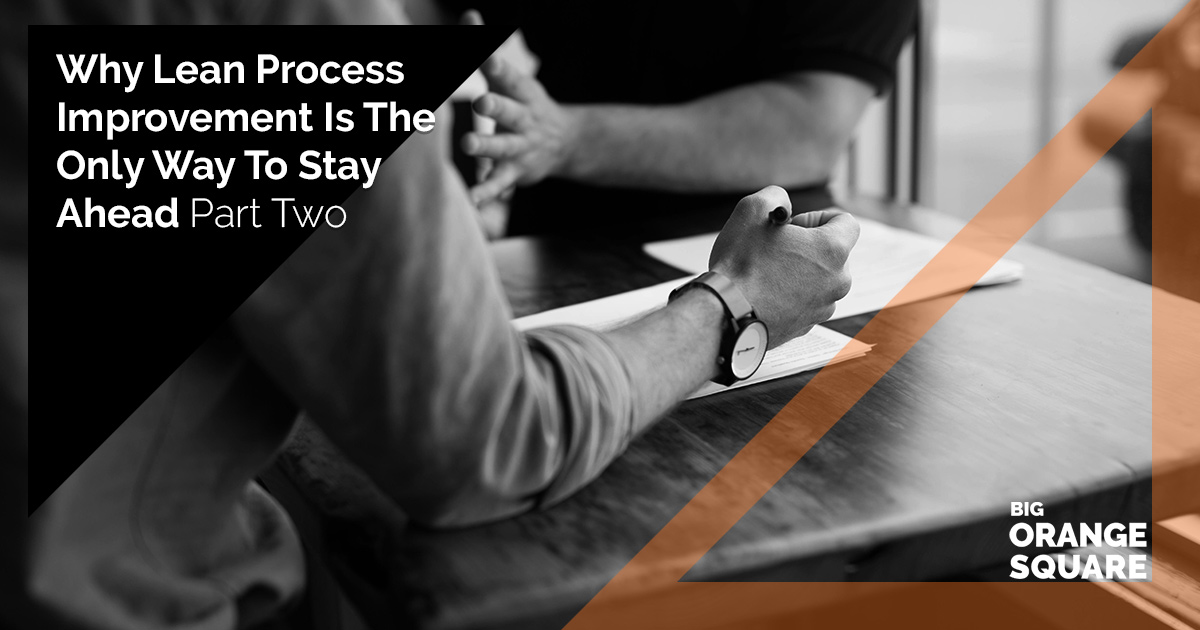
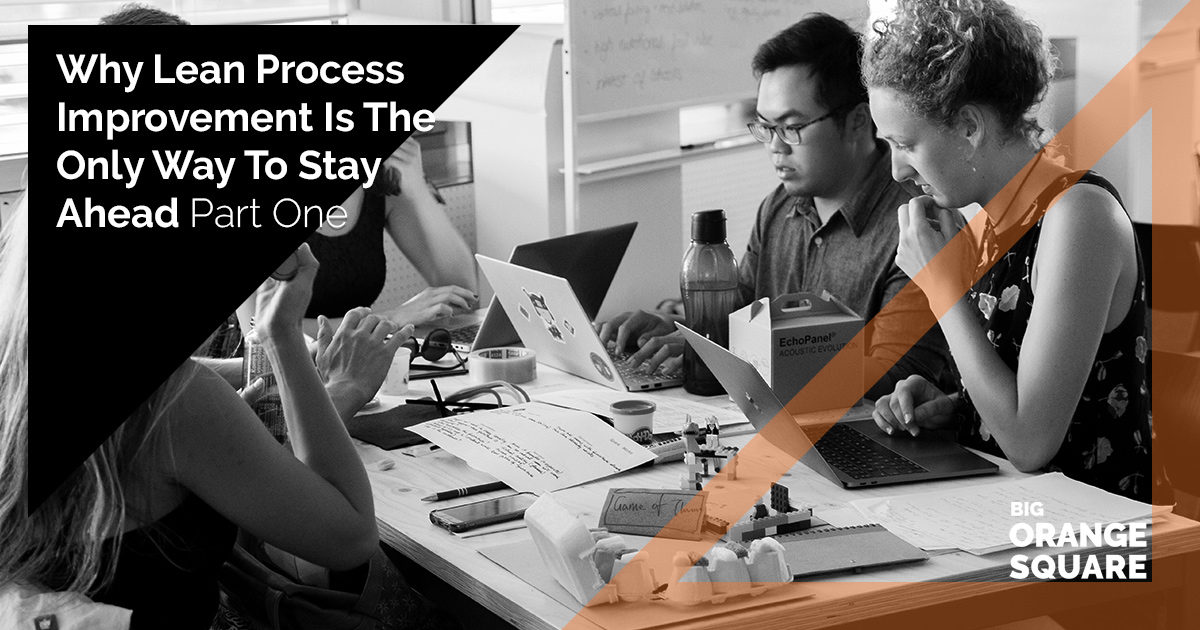
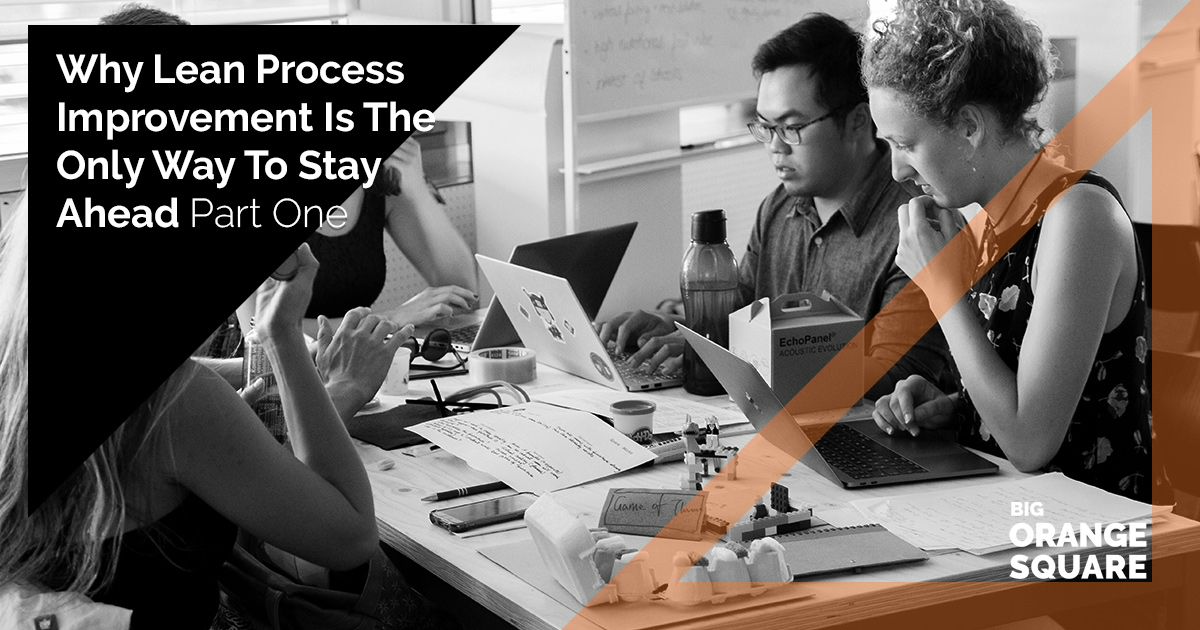
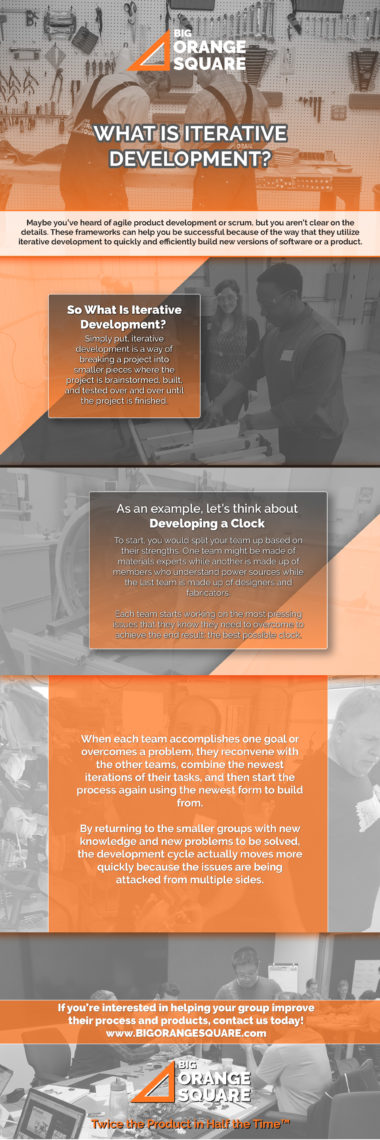



 Peter and Hubert demonstrated this principle with pictures of the solar eclipse. Each one of them used different tools to do the same thing: see the total solar eclipse that passed over the United States on August 21st, 1017 from our training center in Longmont, CO.
Peter and Hubert demonstrated this principle with pictures of the solar eclipse. Each one of them used different tools to do the same thing: see the total solar eclipse that passed over the United States on August 21st, 1017 from our training center in Longmont, CO.

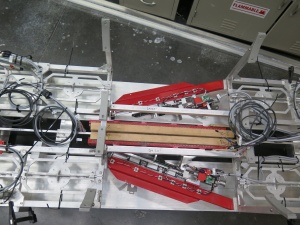
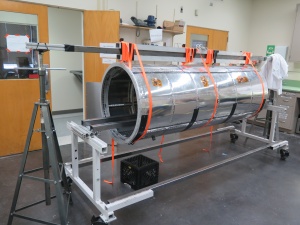
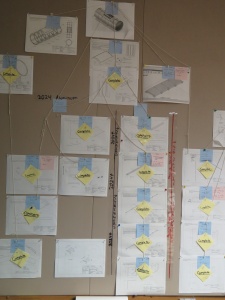

 This quote means that a Scrum Delivery Team not only has design engineers (for electronics and mechanics), but also people who work in the supply chain or manufacturing space. Once those skills and interests are represented during development of a new product, “Twice the Product in Half the Time™” is possible.
I have two examples to share with you:
The first occurred in the
This quote means that a Scrum Delivery Team not only has design engineers (for electronics and mechanics), but also people who work in the supply chain or manufacturing space. Once those skills and interests are represented during development of a new product, “Twice the Product in Half the Time™” is possible.
I have two examples to share with you:
The first occurred in the 






